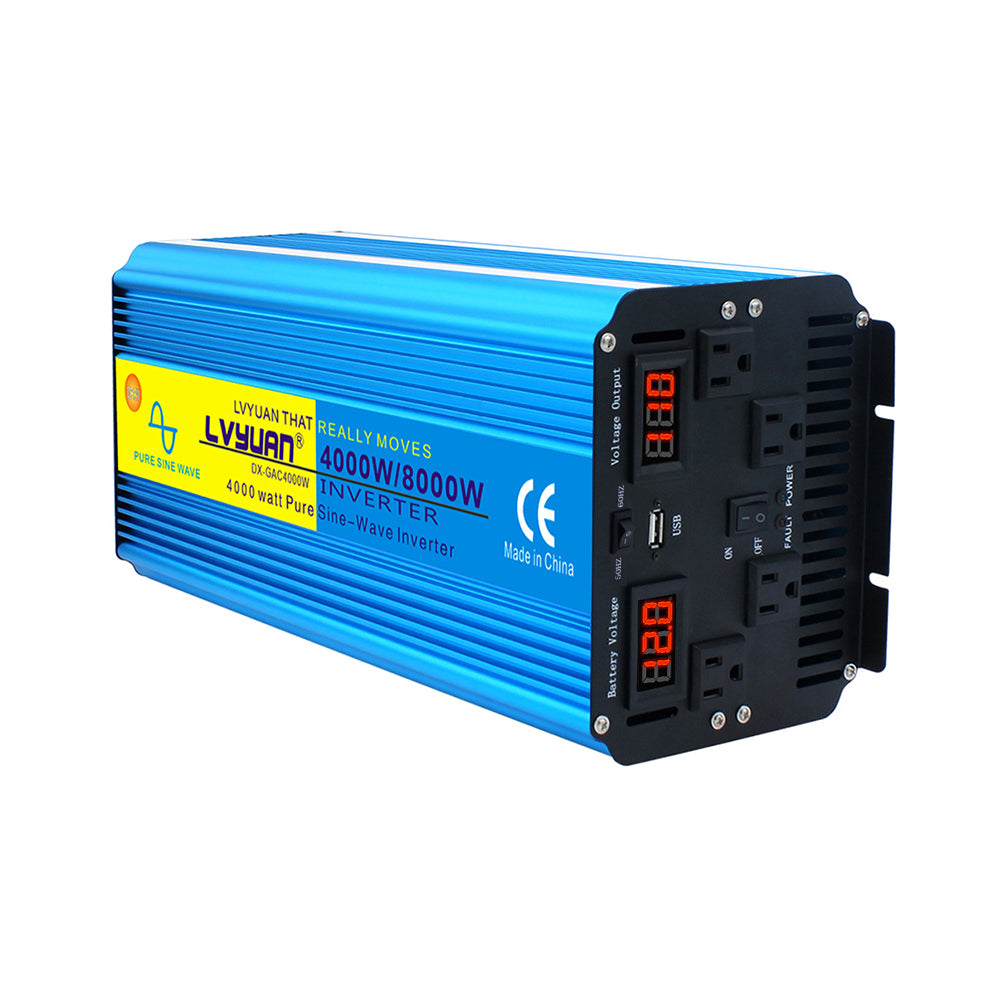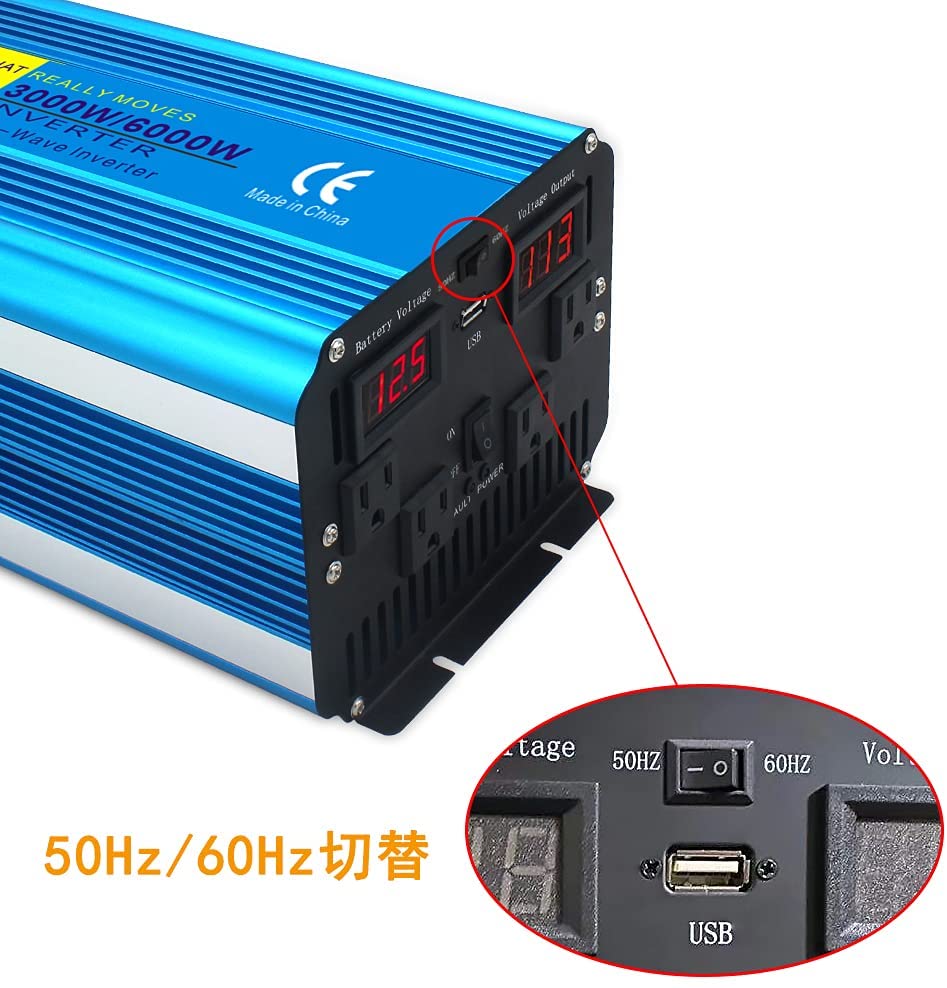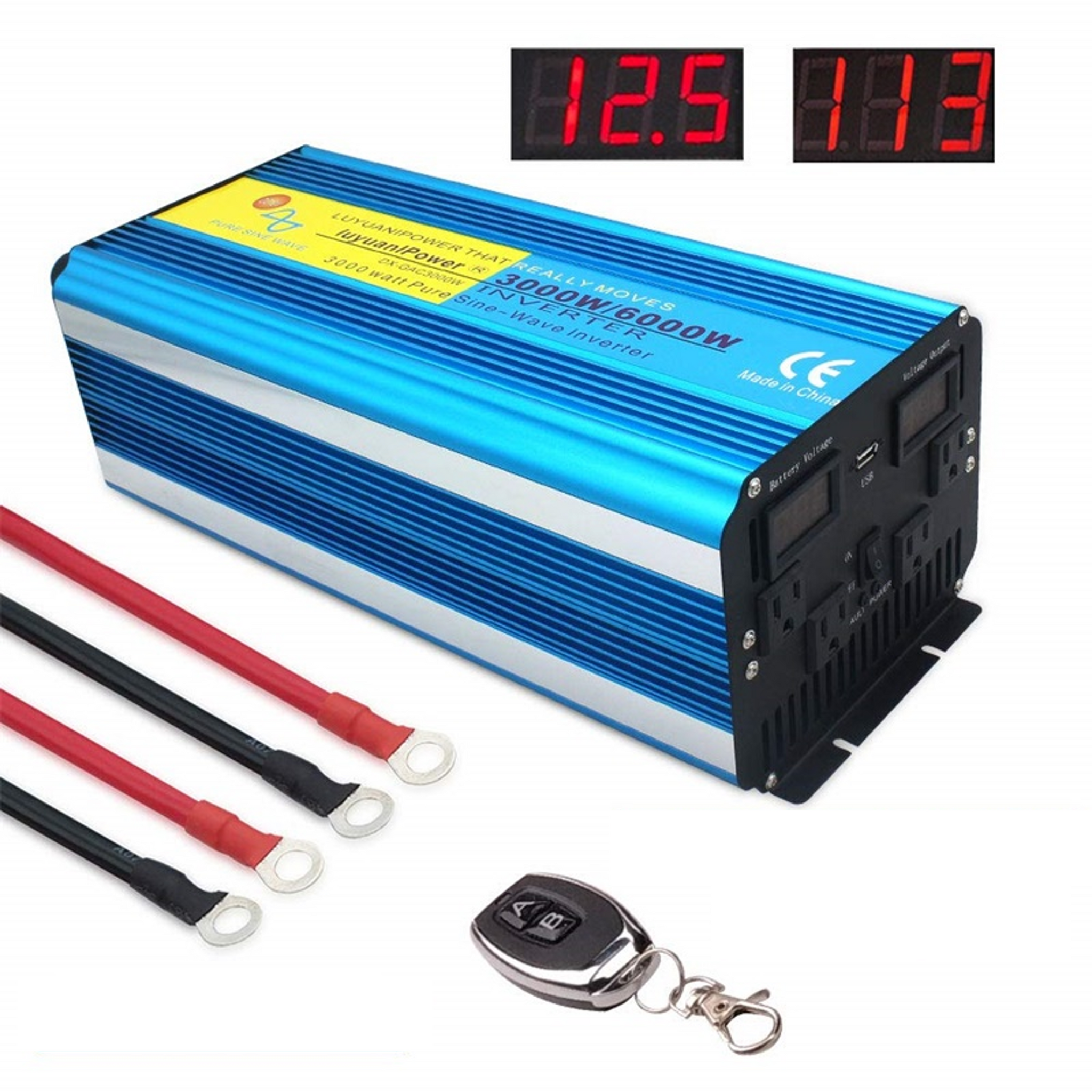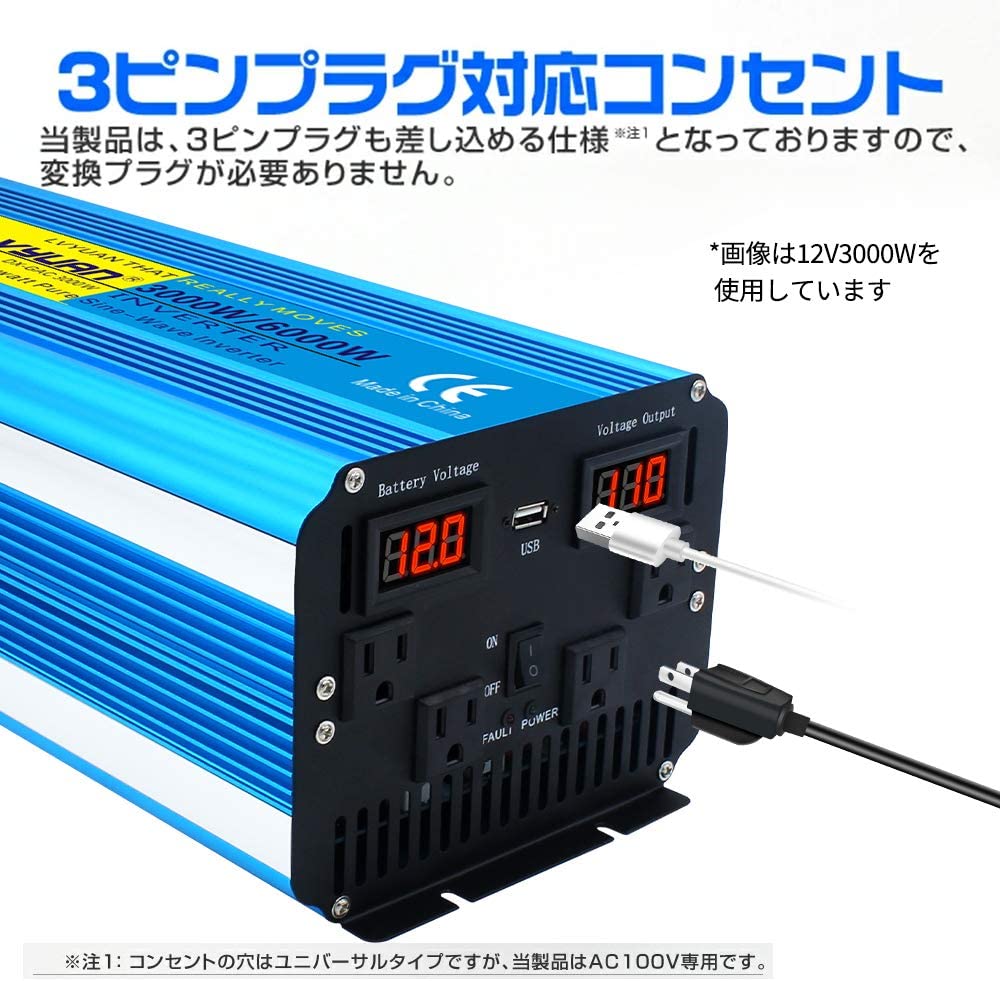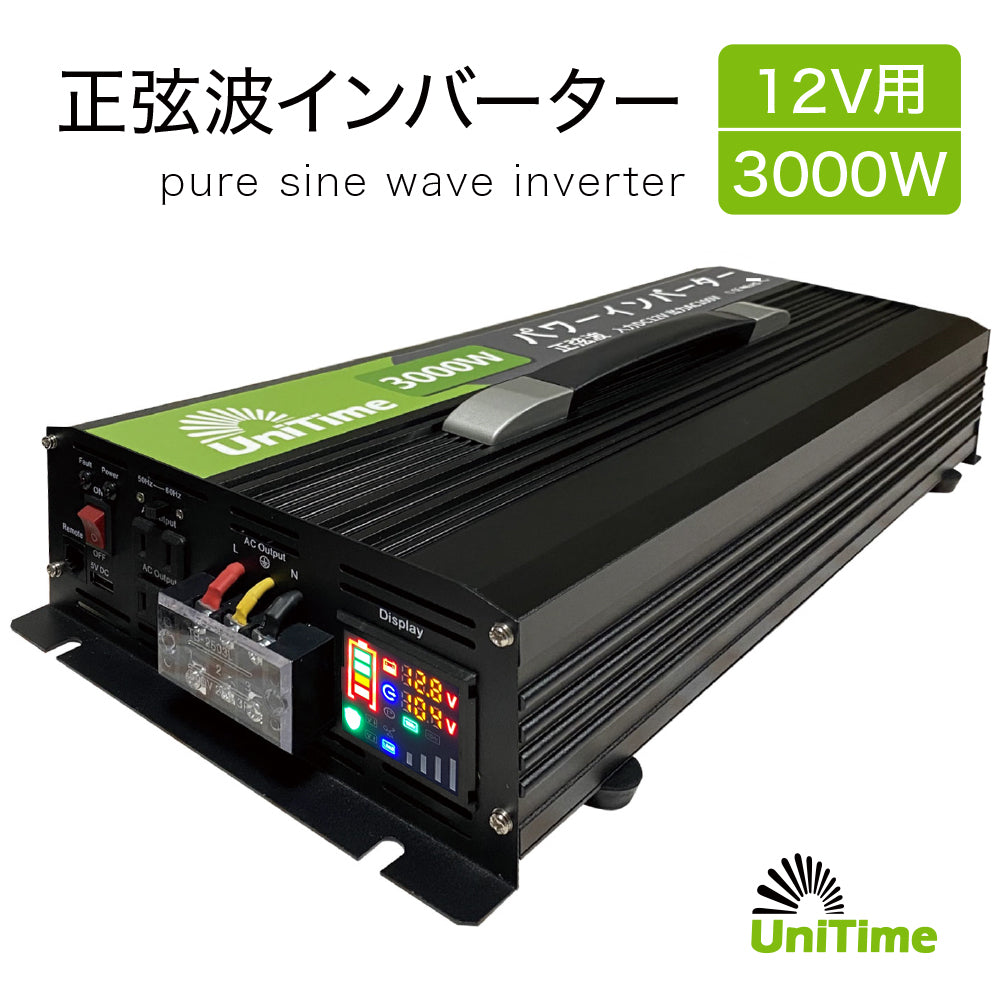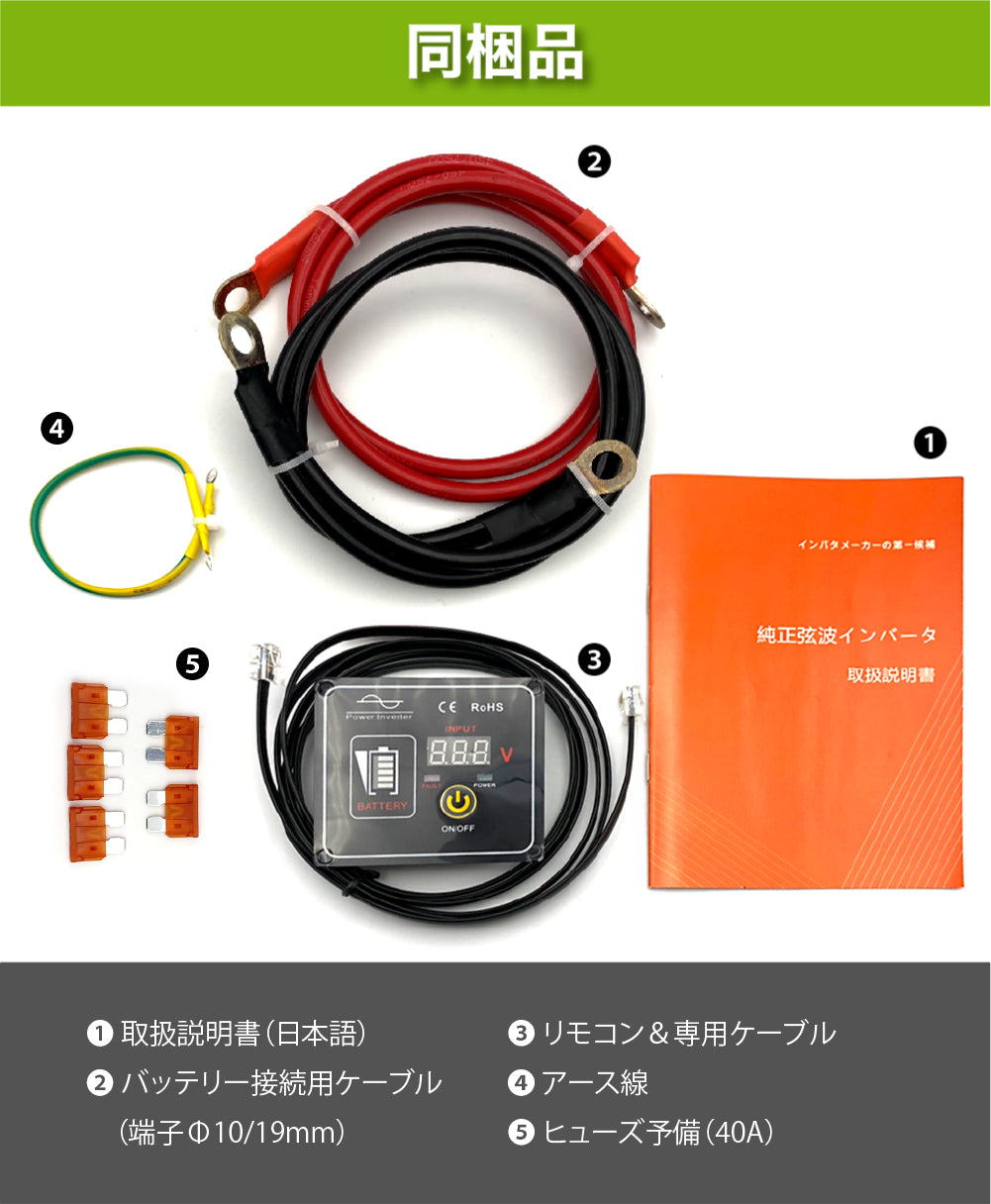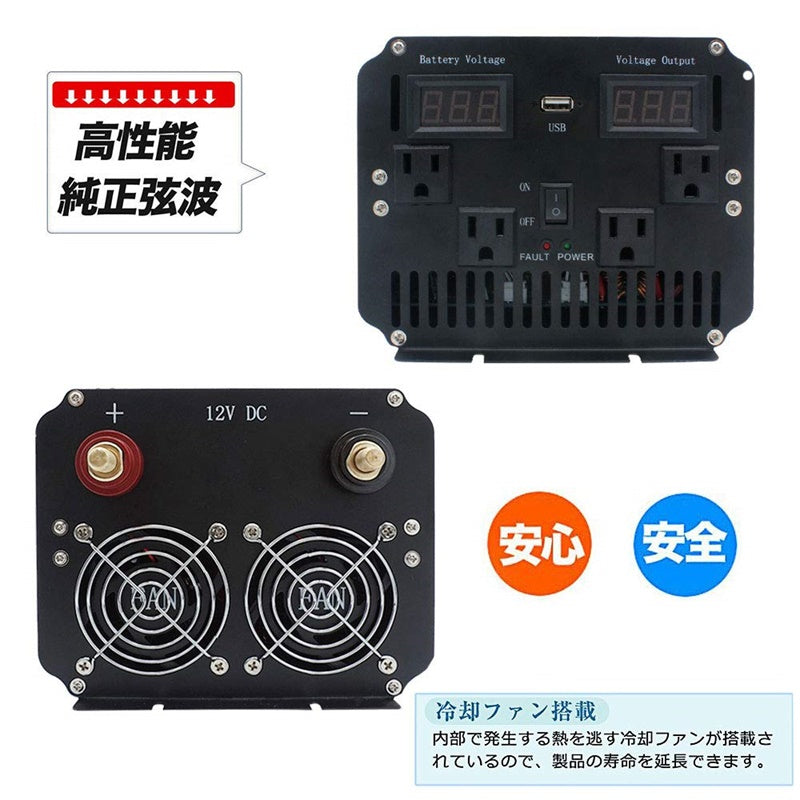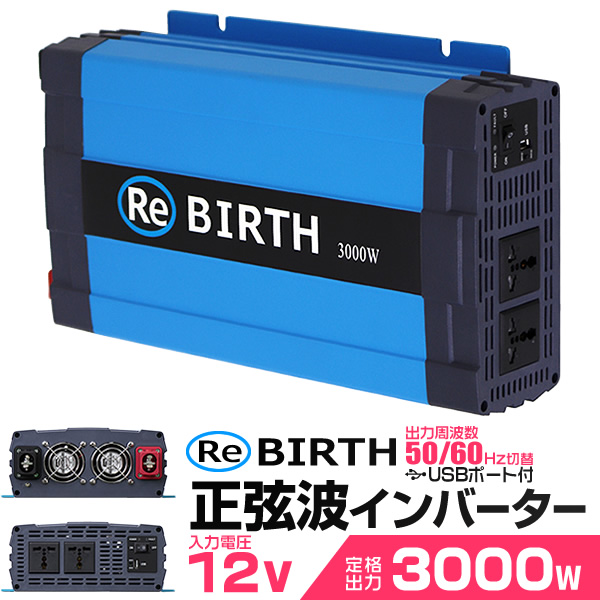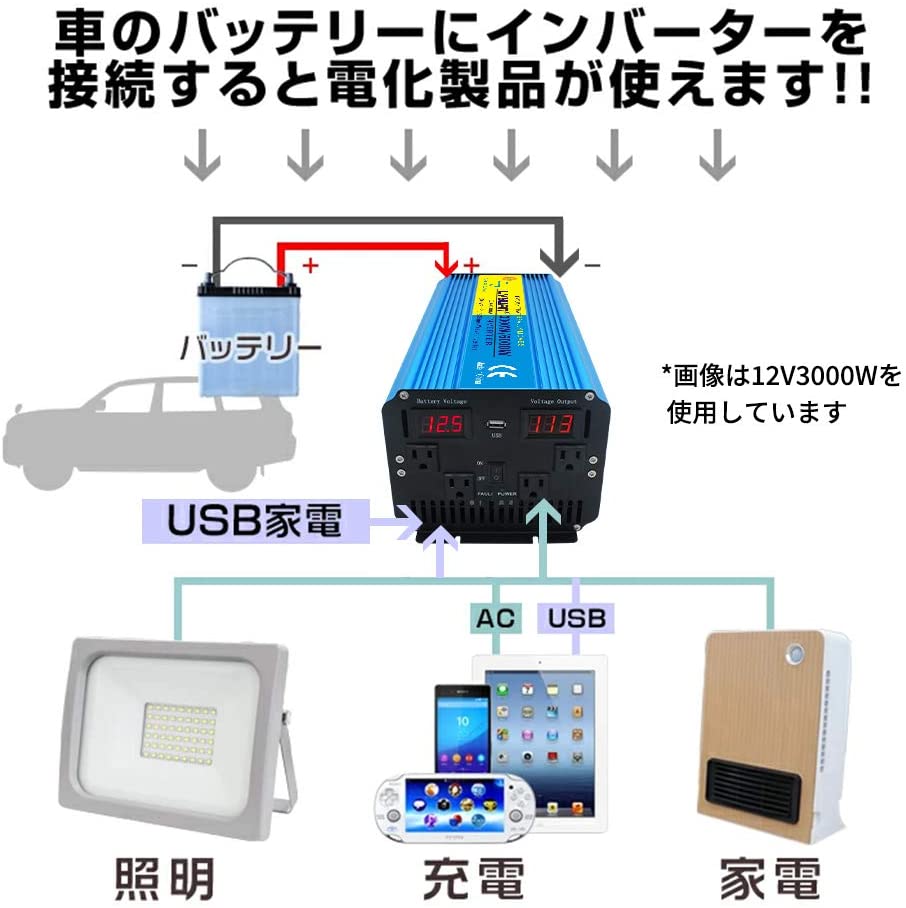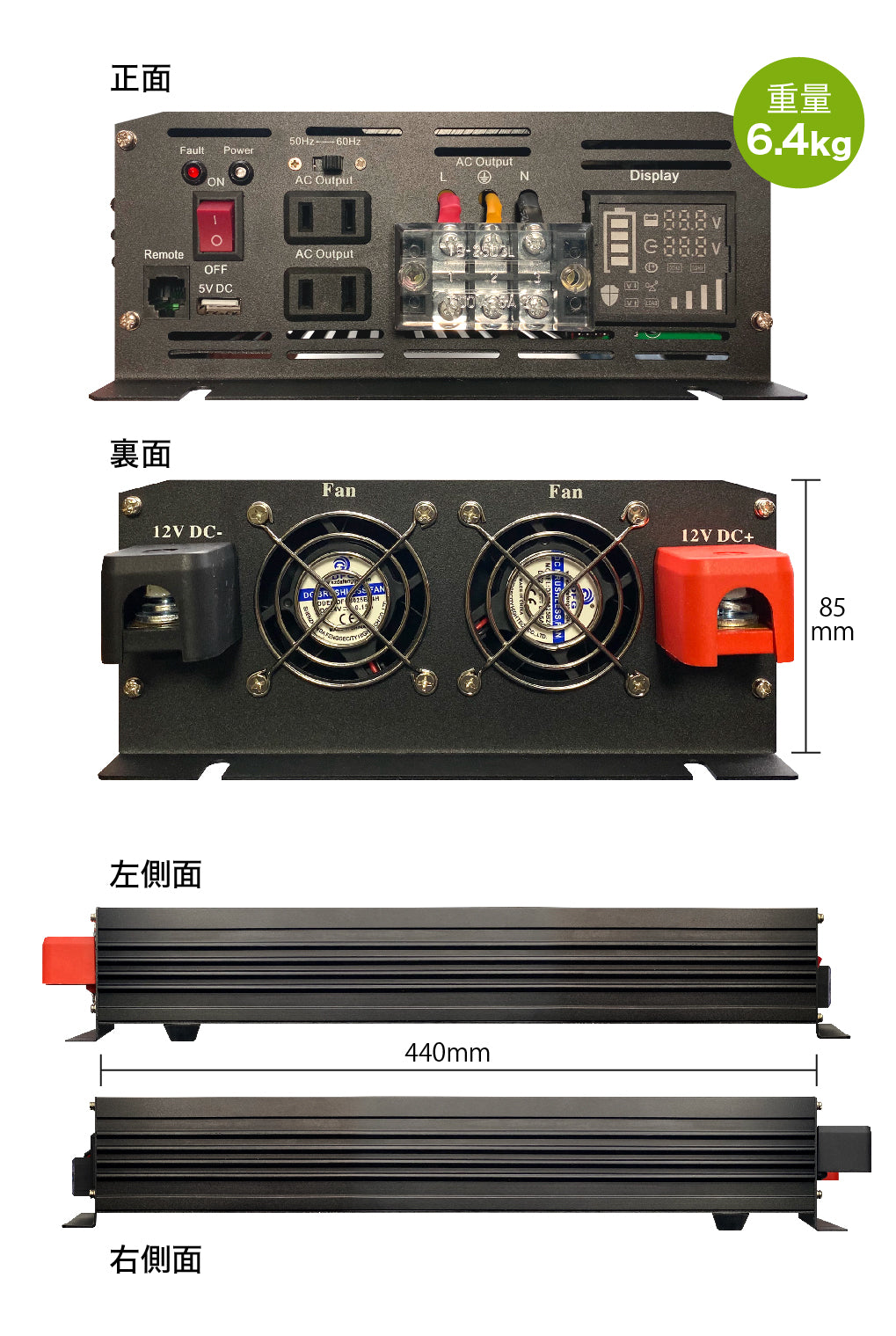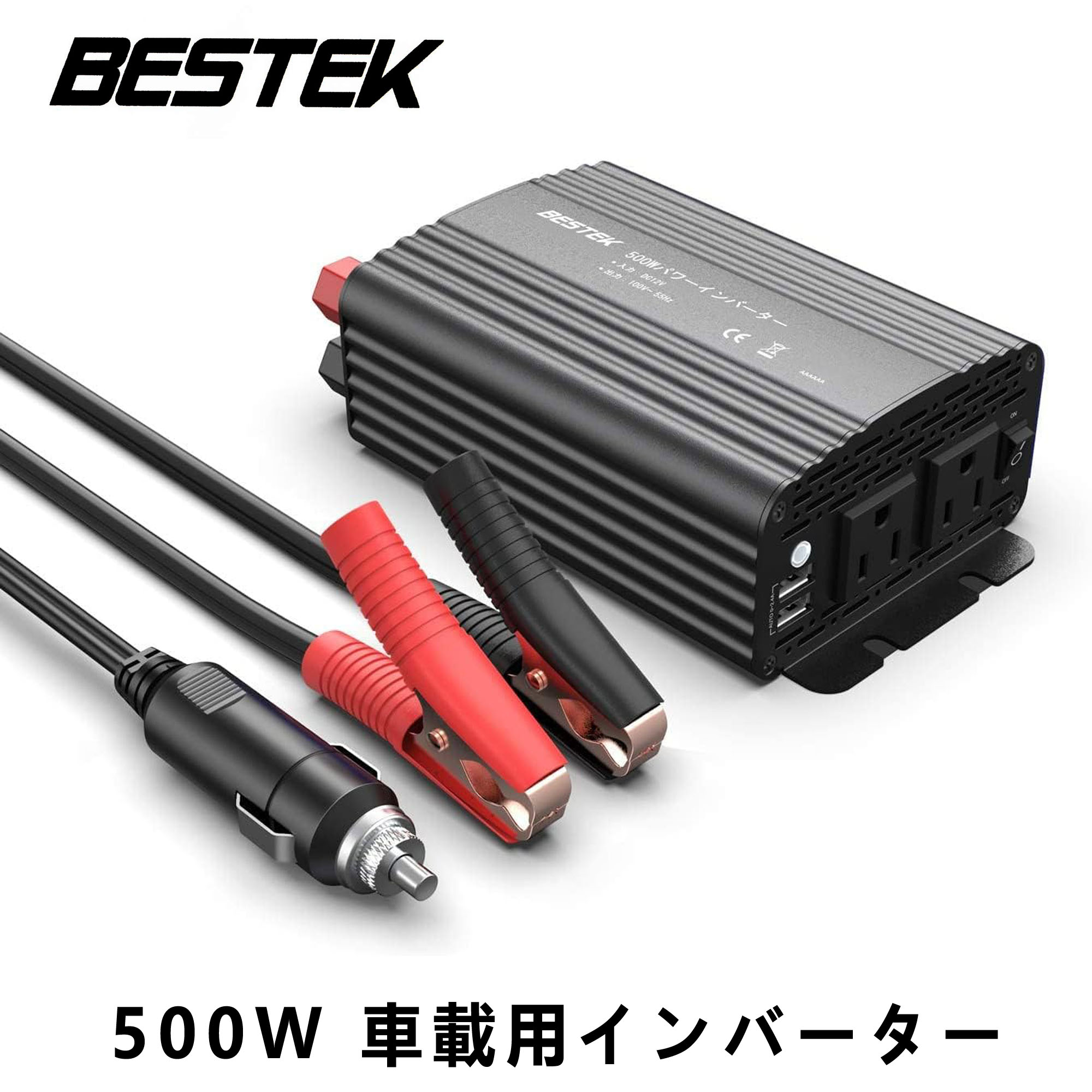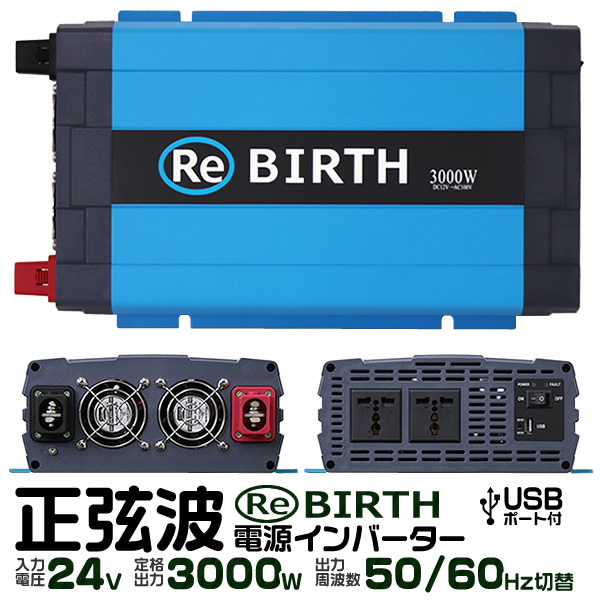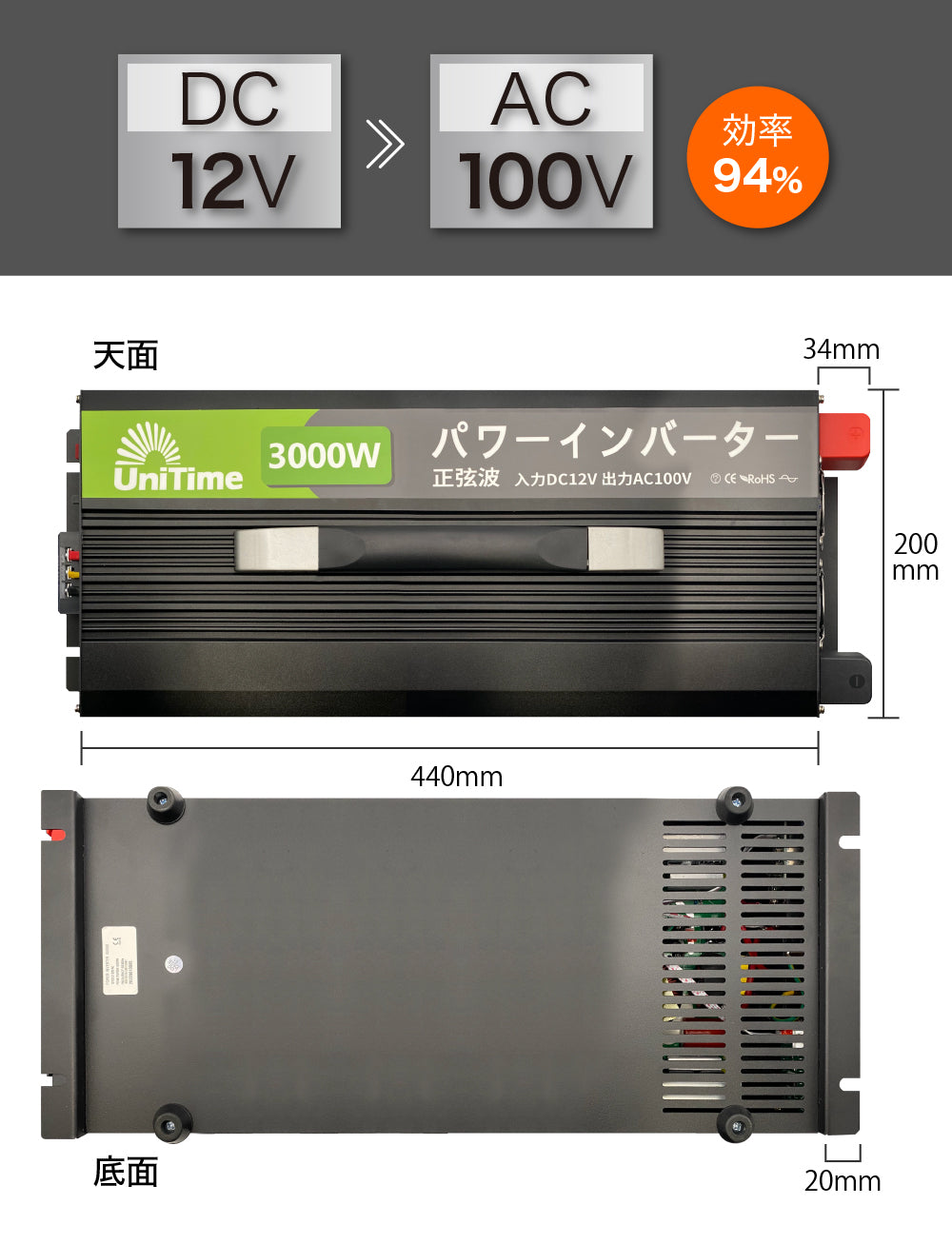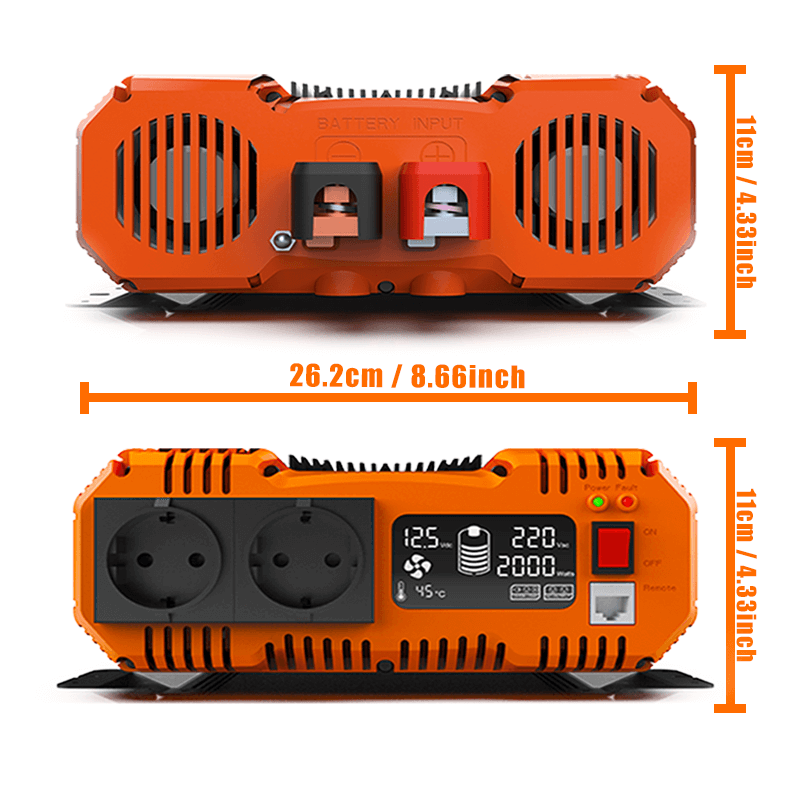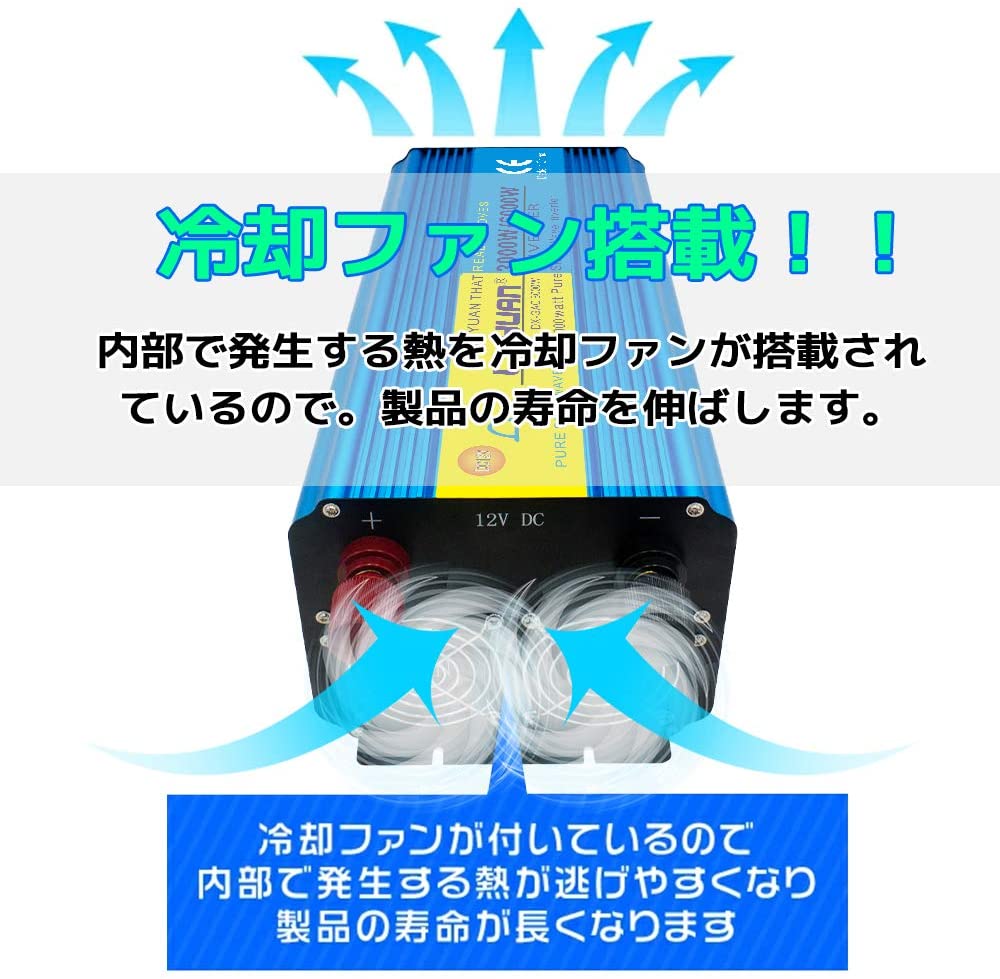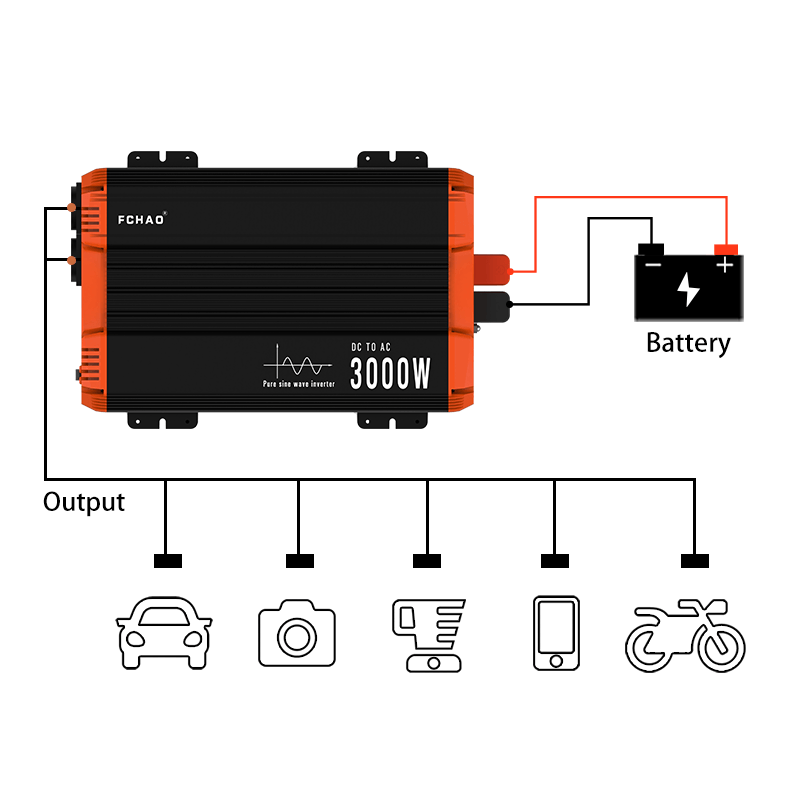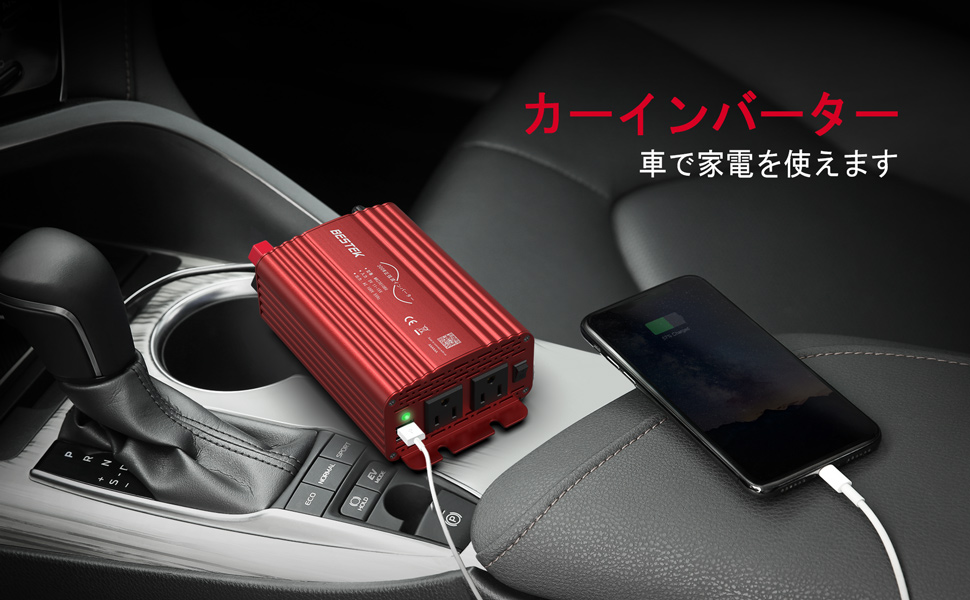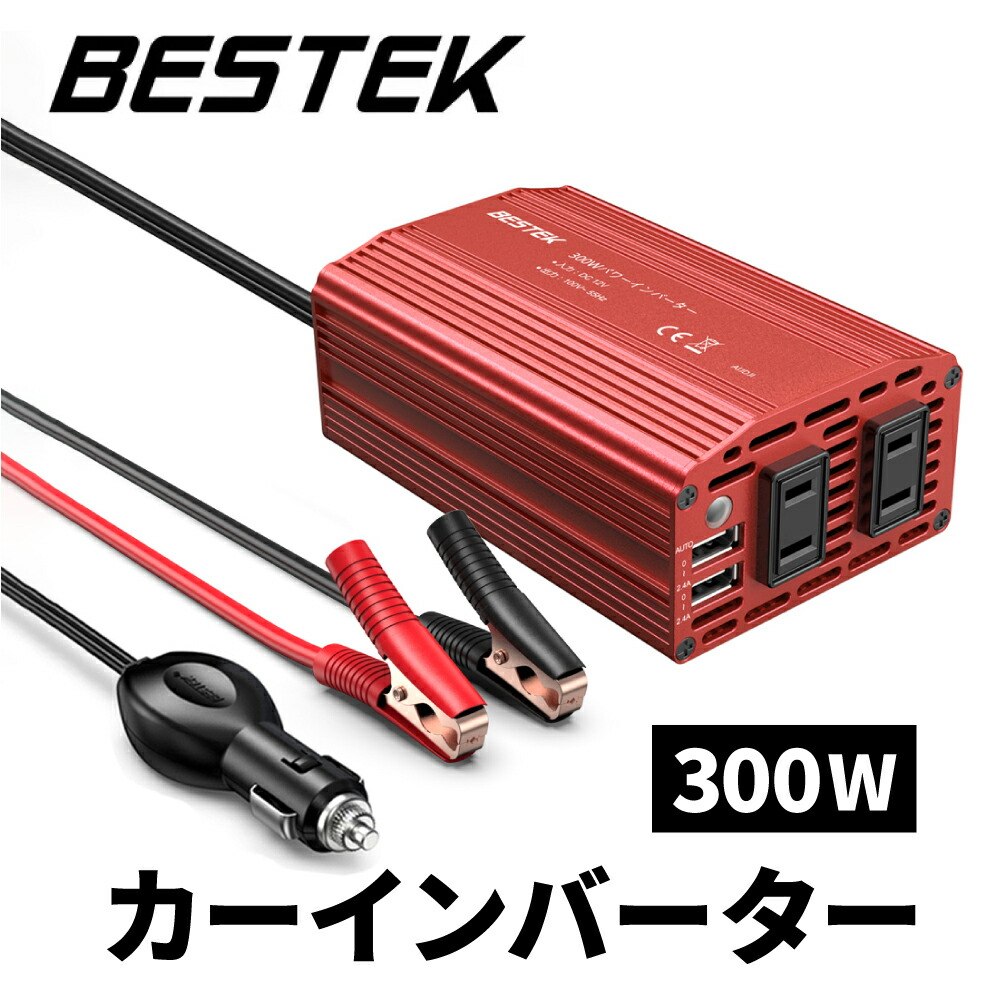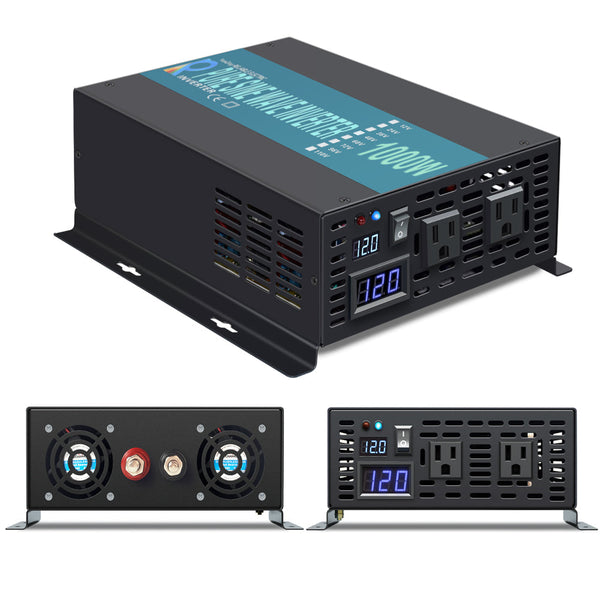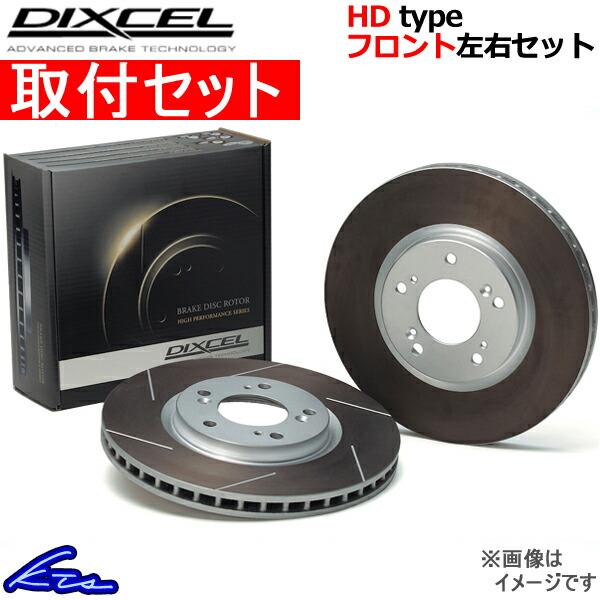WZRELB 3000 W 36 V 120 V純正弦波パワーインバーターACコンセント×2、カーインバーター型番:RBP-300036
(税込) 送料込み
商品の説明
商品情報
【商品名】
48424円WZRELB 3000 W 36 V 120 V純正弦波パワーインバーターACコンセント×2、カーインバーター型番:RBP-300036車、バイク、自転車自動車Amazon | Xijia純正弦波 インバーター 12v 100v 正弦波 日本製3000w
WZRELB 3000 W 36 V 120 V純正弦波パワーインバーターACコンセント×2、カーインバーター型番:RBP-300036
【商品説明】
WZRELB Advantage:中国の代表的なパワーインバーターブランドで、直流から交流への3000ワットの連続電力と6000ワットの瞬時電力を供給し、直流/交流電圧用のLEDディスプレイを備えています。デュアルUSアウトレット。12ヶ月。
安定した出力:高品質な素材により、安定したフルAC出力を実現。強力な駆動能力を持つすべての大型輸入モスフェット。純銅インダクタンス、波形をフィルタリングし、真の純正弦波AC出力を確保します。2.00 mm PCBは、回路に流れる電流をより強くする …↓↓続きは商品情報欄も是非ご覧ください↓
※海外からのお取り寄せ商品の為、お届けまでに通常約2-3週間を頂戴しております。
※本商品新品・未使用商品ではございますが、税関にて開封や国際輸送時にパッケージにスレや傷がまれにある場合がございます。商品に問題はございませんので予めご了承くださいませ。WZRELB 3000W 36V 120V Pure Sine Wave Power Inverter with 2 AC Outlets,Car Inverter, Model Number: RBP-300036
WZRELB 3000W 36V 120V Pure Sine Wave Power Inverter with 2 AC Outlets,Car Inverter, Model Number: RBP-300036
WZRELB 3000W 36V 120V Pure Sine Wave Power Inverter with 2 AC Outlets,Car Inverter, Model Number: RBP-300036
WZRELB 3000W 36V 120V Pure Sine Wave Power Inverter with 2 AC Outlets,Car Inverter, Model Number: RBP-300036
Amazon.com: WZELB 3000 Watt Continuous / 6000 Watt Peak 36v Pure
LVYUAN 正弦波インバーター 12 V 3000W - 6000W 50Hz / 60Hz - LVYUAN
WZRELB 3000W 36V 120V Pure Sine Wave Power Inverter with 2 AC Outlets,Car Inverter, Model Number: RBP-300036
LVYUAN 正弦波インバーター 12 V 3000W - 6000W 50Hz / 60Hz - LVYUAN
楽天市場】【永久保証】インバーター 正弦波 12V 100V 3000W 最大6000W
BESTEK インバーター 純正弦波 300W 車載充電器 六つ保護機能 AC
LVYUAN 正弦波インバーター 12 V 3000W - 6000W 50Hz / 60Hz - LVYUAN
WZRELB 3000W 36V 120V Pure Sine Wave Power Inverter with 2 AC Outlets,Car Inverter, Model Number: RBP-300036
LVYUAN 正弦波インバーター 12 V 3000W - 6000W 50Hz / 60Hz - LVYUAN
Unitime 純正弦波インバーター 3000W(最大6000W)【入力DC12V→出力AC100V】 50/60Hz対応 PSE認証 知能冷却ファン 送料無料 inv12v3000w
WZRELB パワーインバータ RBP-300012WR : b081sx6kcy : バリュー
WZRELB 3000 W 48 V 120 V Pure Sine Wave Power InverterリモコンAC
Unitime 純正弦波インバーター 3000W(最大6000W)【入力DC12V→出力AC100V】 50/60Hz対応 PSE認証 知能冷却ファン 送料無料 inv12v3000w
3000w インバーター 正弦波の通販・価格比較 - 価格.com
Amazon | Xijia純正弦波 インバーター 12v 100v 正弦波 日本製3000w
楽天市場】BESTEK インバーター 正弦波 300W 車載充電器 六つ保護機能
LVYUAN 正弦波インバーター 12 V 3000W - 6000W 50Hz / 60Hz - LVYUAN
3000w インバーター 正弦波の通販・価格比較 - 価格.com
サクラチェッカー】DATOUBOSS 純正弦波 インバーター カーインバーター
LVYUAN 正弦波インバーター 12 V 3000W - 6000W 50Hz / 60Hz - LVYUAN
Unitime 純正弦波インバーター 3000W(最大6000W)【入力DC12V→出力
WZRELB 3000 W 48 V 120 V Pure Sine Wave Power InverterリモコンAC
WZRELB 3000W 36V 120V Pure Sine Wave Power Inverter Remote Control with 2 AC Outlets,Car Inverter, 3000W 36V Remote (RBPRC-300036)
楽天市場】BESTEK インバーター 正弦波 300W 車載充電器 六つ保護機能
3000w インバーター 正弦波の通販・価格比較 - 価格.com
Unitime 純正弦波インバーター 3000W(最大6000W)【入力DC12V→出力
連続電力 3000 ワットピュア正弦波インバーター | FCHAOインバーター
3000 W正弦波パワーインバータ、60 Hz/50 Hz 12 V DC-110 V/220 V AC
LVYUAN 正弦波インバーター 12 V 3000W - 6000W 50Hz / 60Hz - LVYUAN
Amazon.com: WZRELB 2000W 36V 120V Pure Sine Wave Power Inverter
連続電力 3000 ワットピュア正弦波インバーター | FCHAOインバーター
WZRELB 3000 W 48 V純正弦波インバータ48 VDC入力120 VAC 240 V AC
BESTEK インバーター 純正弦波 300W 車載充電器 六つ保護機能 AC
Unitime 純正弦波インバーター 3000W(最大6000W)【入力DC12V→出力
楽天市場】BESTEK インバーター 正弦波 300W 車載充電器 六つ保護機能
wzrelb
商品の情報
メルカリ安心への取り組み
お金は事務局に支払われ、評価後に振り込まれます
出品者
スピード発送
この出品者は平均24時間以内に発送しています





